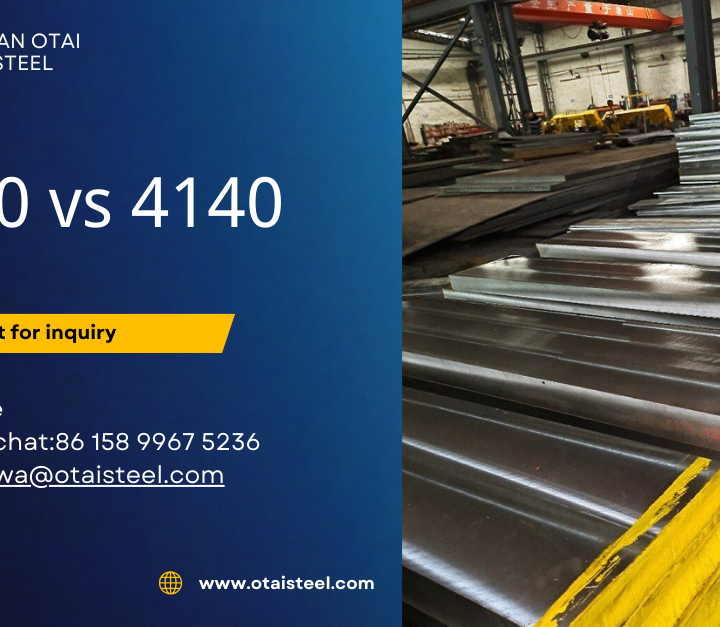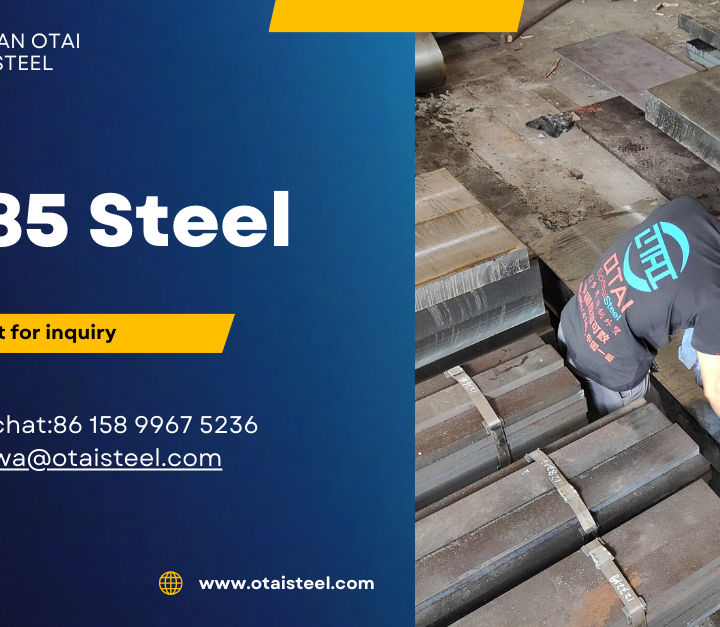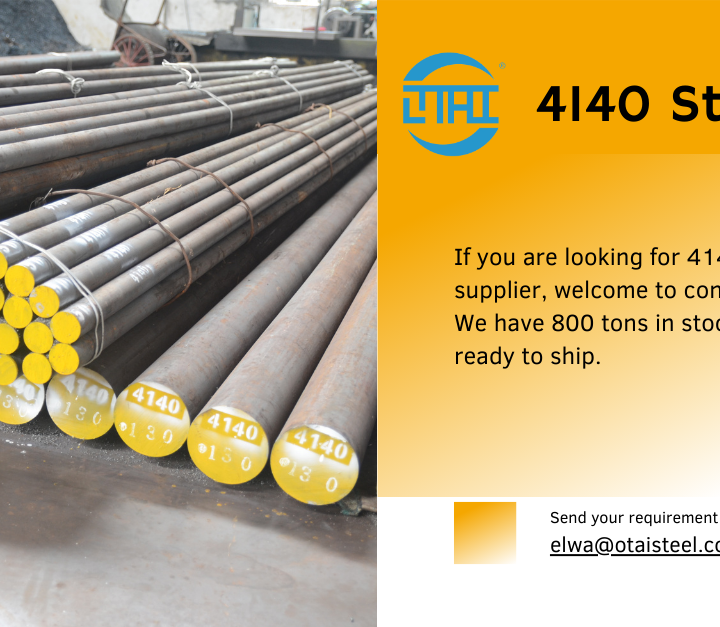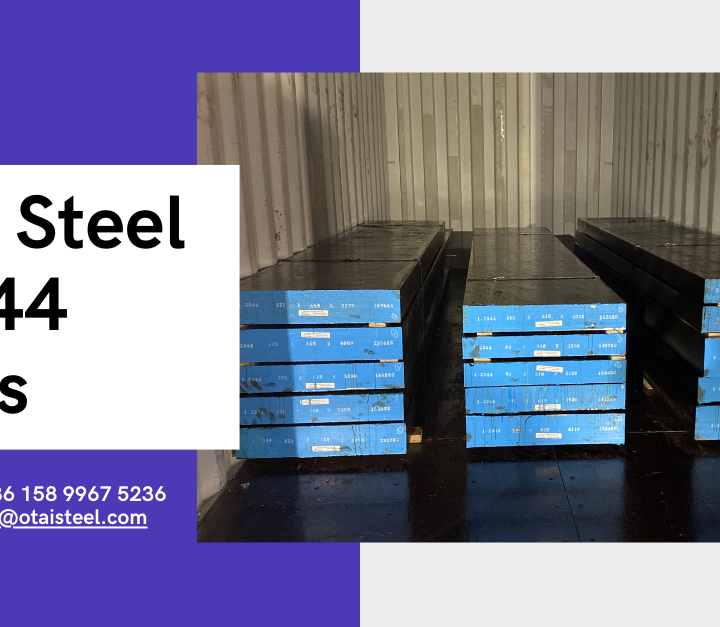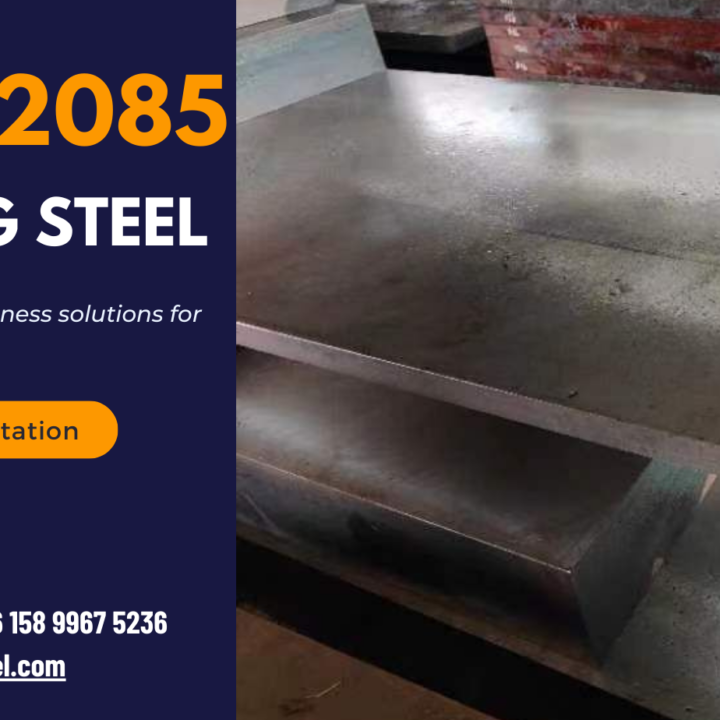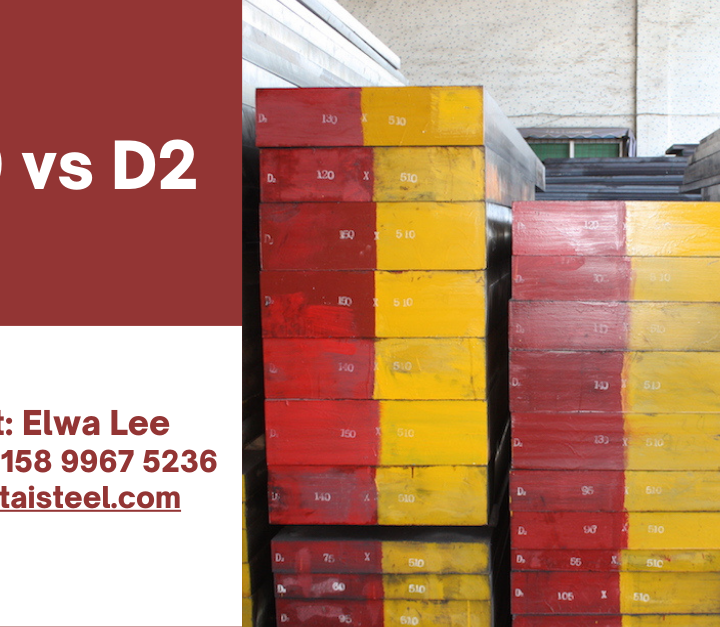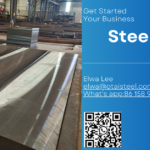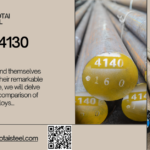In the world of steel materials, precision and knowledge are paramount. When it comes to choosing between steel grades like 1.2085 and 1.2083, the decision can significantly impact the success of your project. In this comprehensive guide, we will delve into the key differences between these two steel varieties and provide you with valuable insights to make an informed choice.
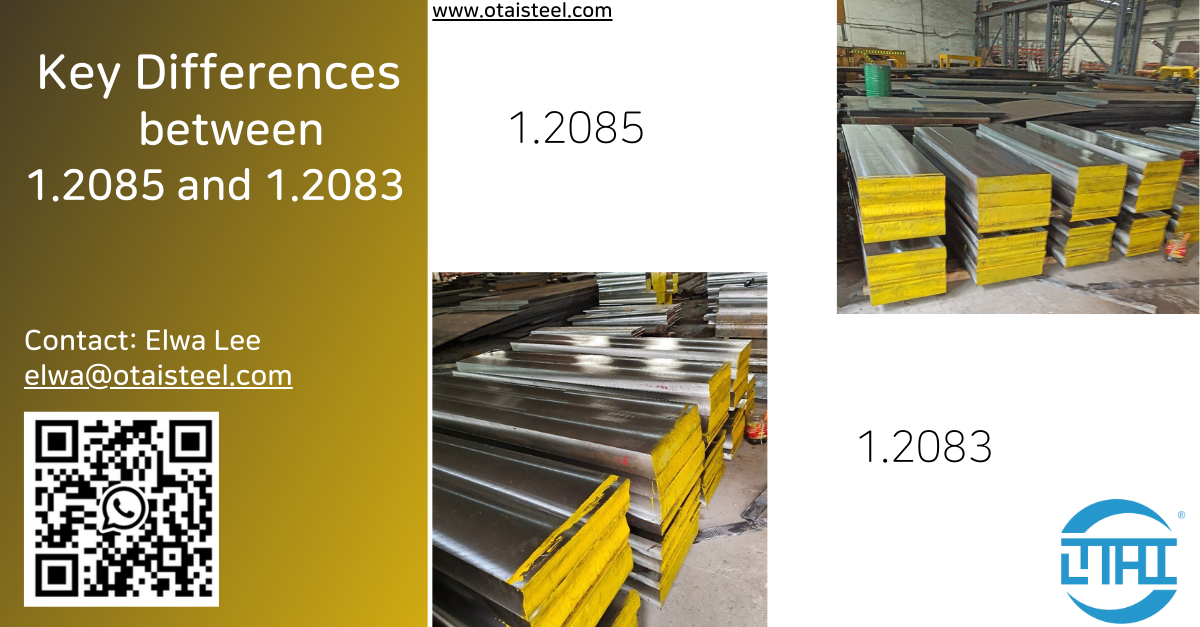 Understanding the Basics
Understanding the Basics
What Is Steel 1.2085?
Steel 1.2085, also known as 420FM, is a martensitic stainless steel primarily used in applications that require excellent corrosion resistance, high hardness, and good wear resistance. Its composition includes carbon, chromium, and manganese, contributing to its impressive mechanical properties.
Exploring Steel 1.2083
On the other hand, Steel 1.2083, often referred to as 420SS, is another martensitic stainless steel with similar properties. It is prized for its exceptional polishability and is commonly used in the production of plastic molds and dies.
Composition and Properties
1.2085 typically consists of around 0.45% carbon, 13% chromium, and 1% manganese. This composition gives it its remarkable resistance to corrosion and wear.
1.2083 comprises approximately 0.4% carbon, 13% chromium, and 1% manganese. These elements contribute to its hardness and polishability.
Key Differences
Corrosion Resistance
One of the key distinctions between these two steel types is their corrosion resistance. Steel 1.2085, with its higher chromium content, offers superior corrosion resistance compared to 1.2083.
Hardness and Wear Resistance
Both 1.2085 and 1.2083 exhibit impressive hardness and wear resistance, making them suitable for demanding applications. However, 1.2085 has a slight edge in terms of hardness.
Applications
Discuss the specific applications where each steel is commonly used, emphasizing their suitability for different industries.
Selection Guide
Choosing the Right Steel for Your Project Provide guidance on how to select between 1.2085 and 1.2083 based on the requirements of the project, considering factors such as corrosion resistance, hardness, and polishability.
Conclusion
In conclusion, the choice between Steel 1.2085 and 1.2083 depends on your specific project needs. Both offer remarkable properties, but their differences make them suitable for distinct applications. By understanding these differences, you can make an informed decision that ensures the success of your project.
FAQs :
1: Which steel is better for applications requiring corrosion resistance?
Steel 1.2085 is better suited for applications requiring corrosion resistance due to its higher chromium content, which provides superior corrosion resistance compared to Steel 1.2083.
2: Can I use Steel 1.2085 for plastic mold applications?
While Steel 1.2085 is primarily known for its corrosion resistance, it can also be used for plastic mold applications, especially if corrosion resistance is a significant requirement.
3: What are the typical industries that use Steel 1.2083?
Steel 1.2083 is commonly used in industries such as plastic molding, injection molding, and die casting due to its excellent polishability and hardness.
4: Are there any special considerations for heat treatment with these steels?
Yes, both Steel 1.2085 and Steel 1.2083 require specific heat treatment processes to achieve their desired properties. It’s essential to follow the recommended heat treatment guidelines for each steel type to maximize their performance.
5: How do I contact Dongguan Otai Special Steel for inquiries or further assistance?
You can contact Dongguan Otai Special Steel for inquiries or further assistance by emailing us at elwa@otaisteel.com or reaching out through WhatsApp at +86158 9967 5236. Our team is here to assist you with any questions or requirements you may have.
